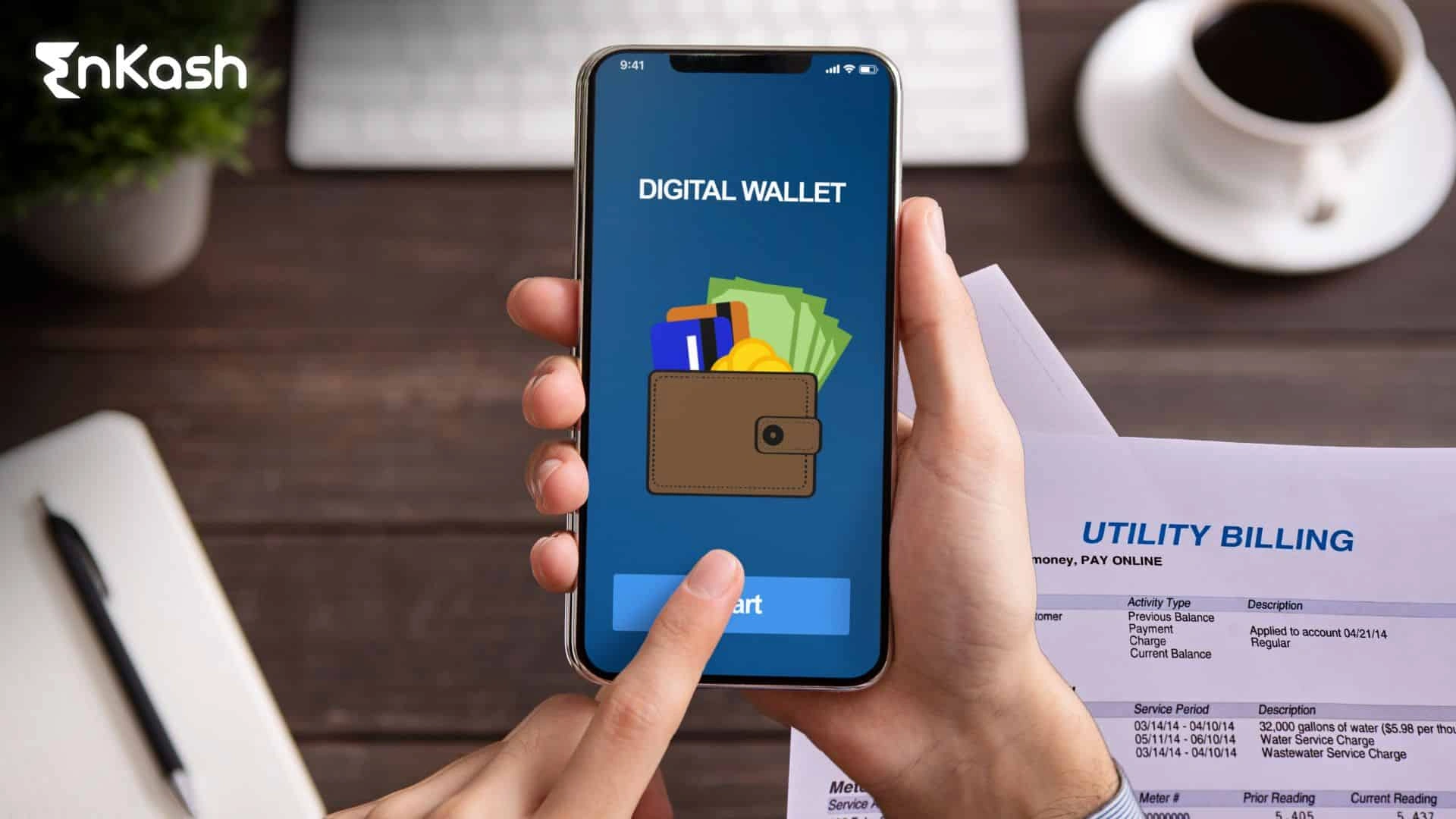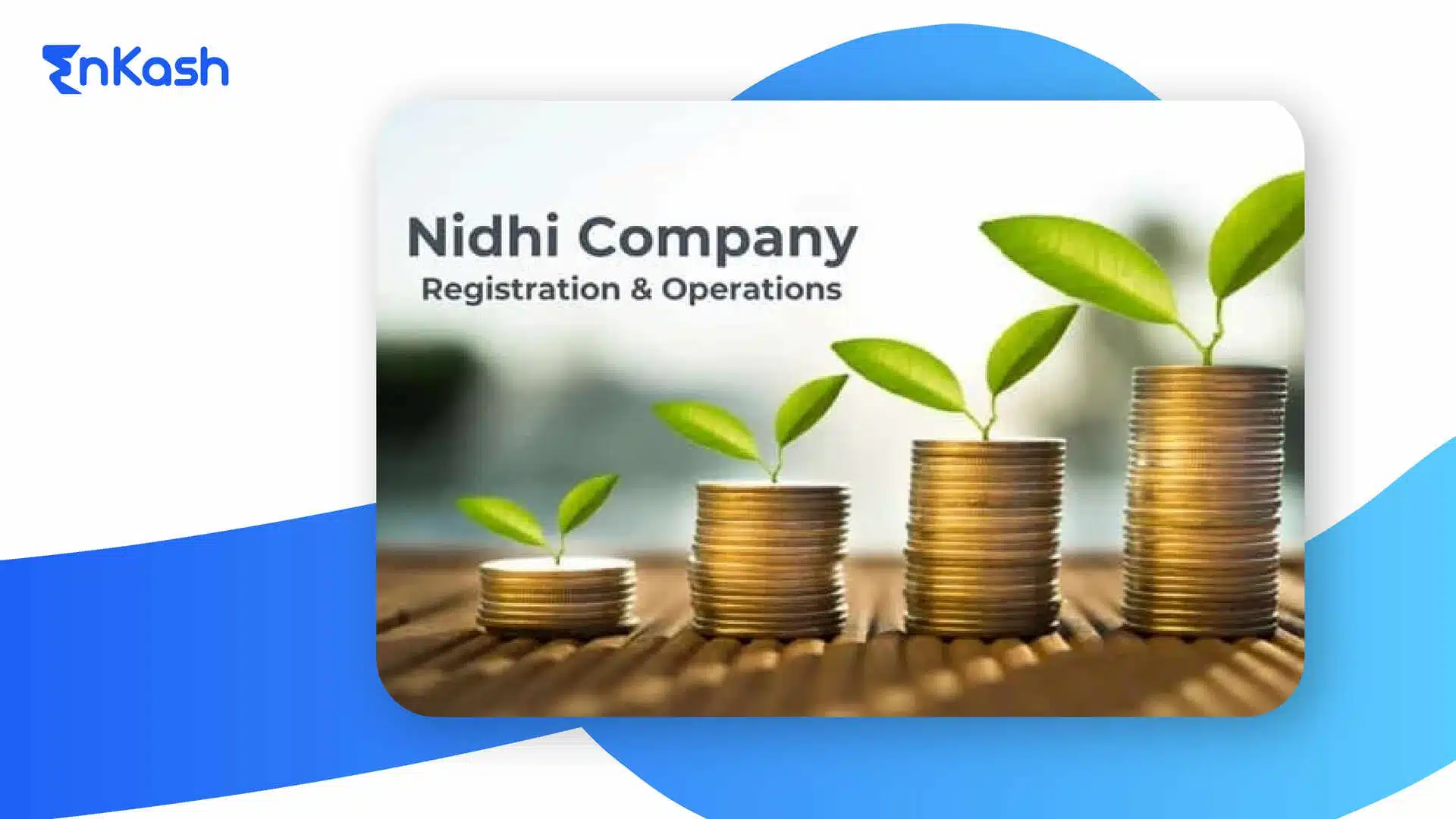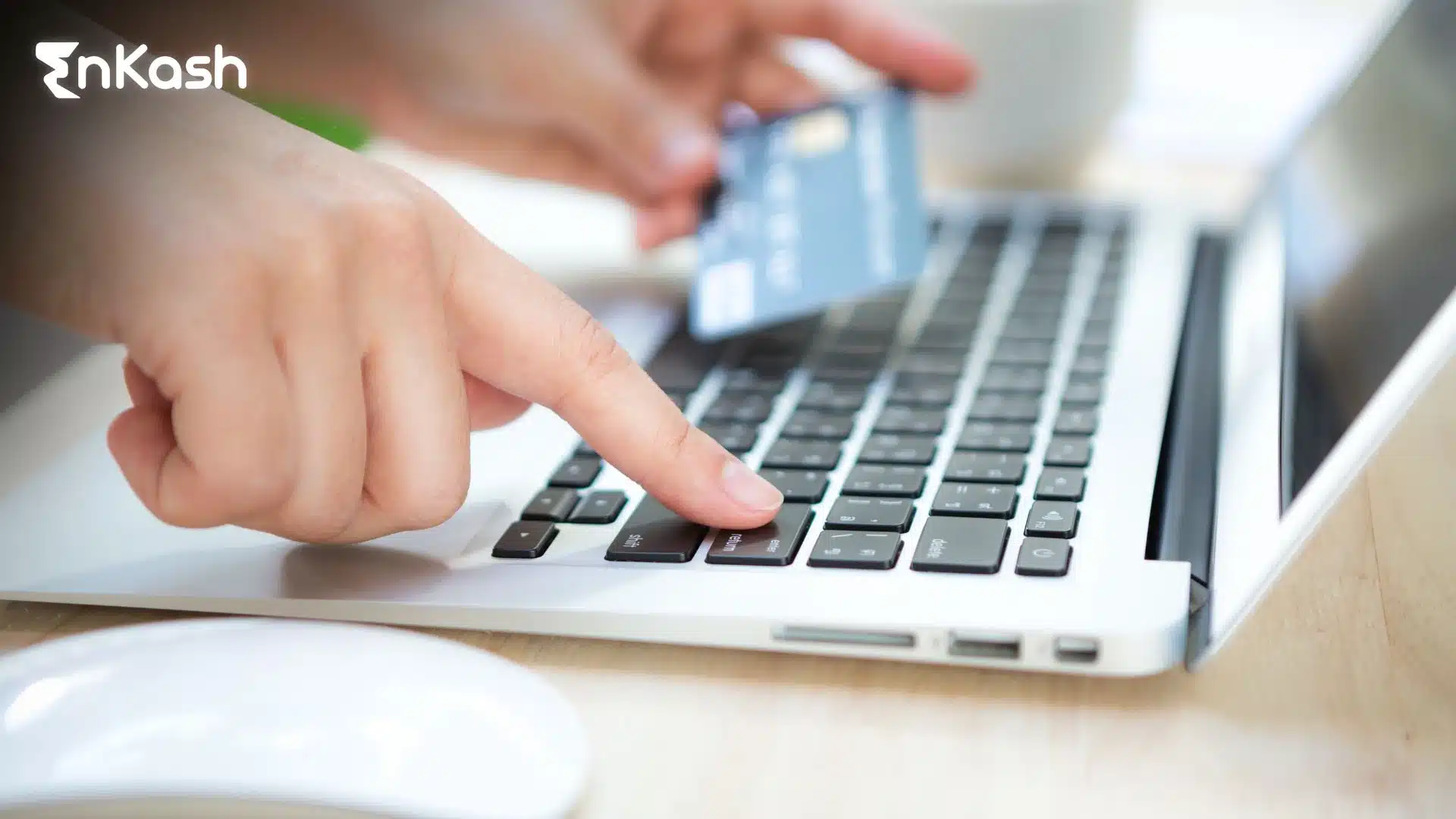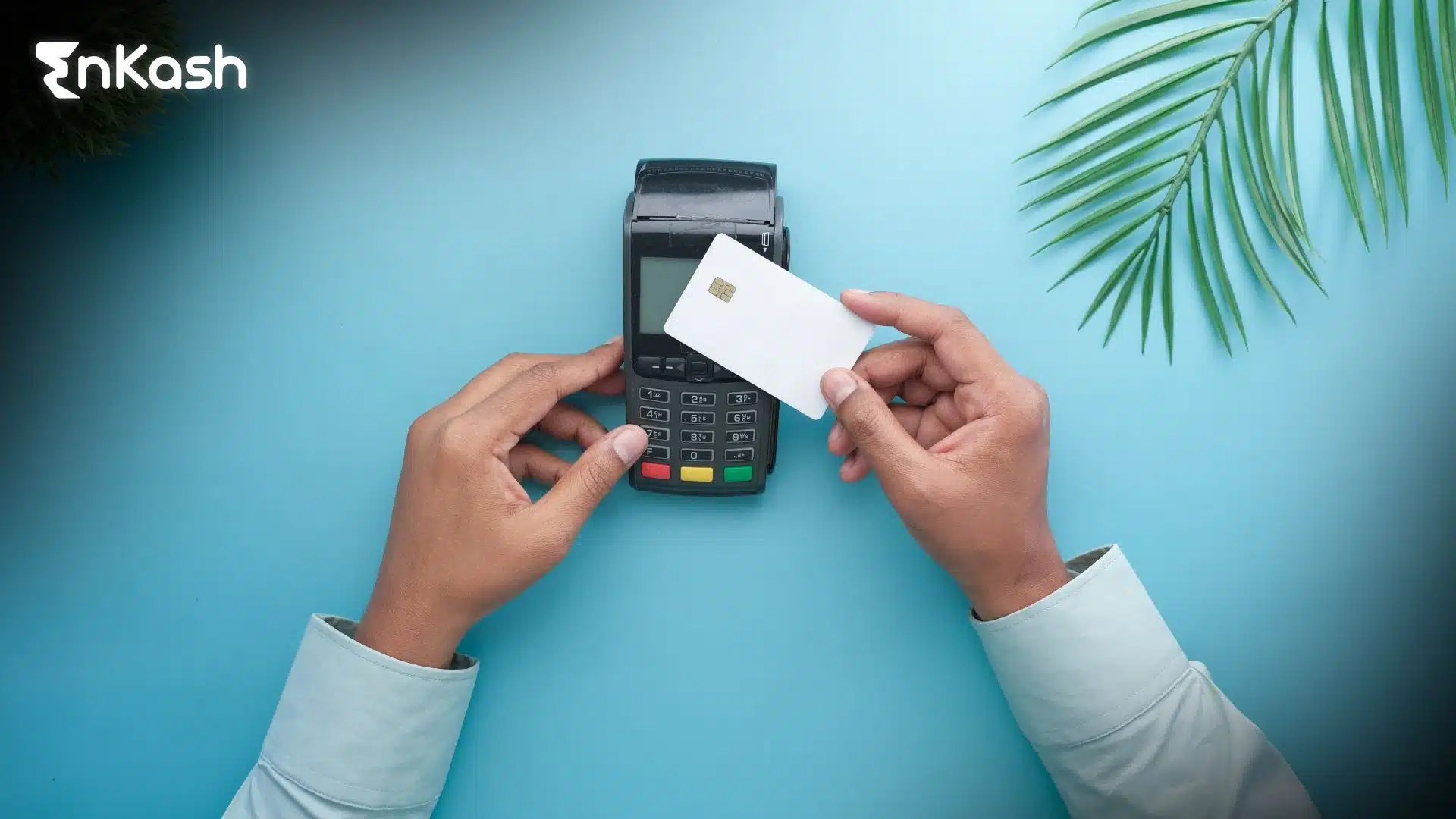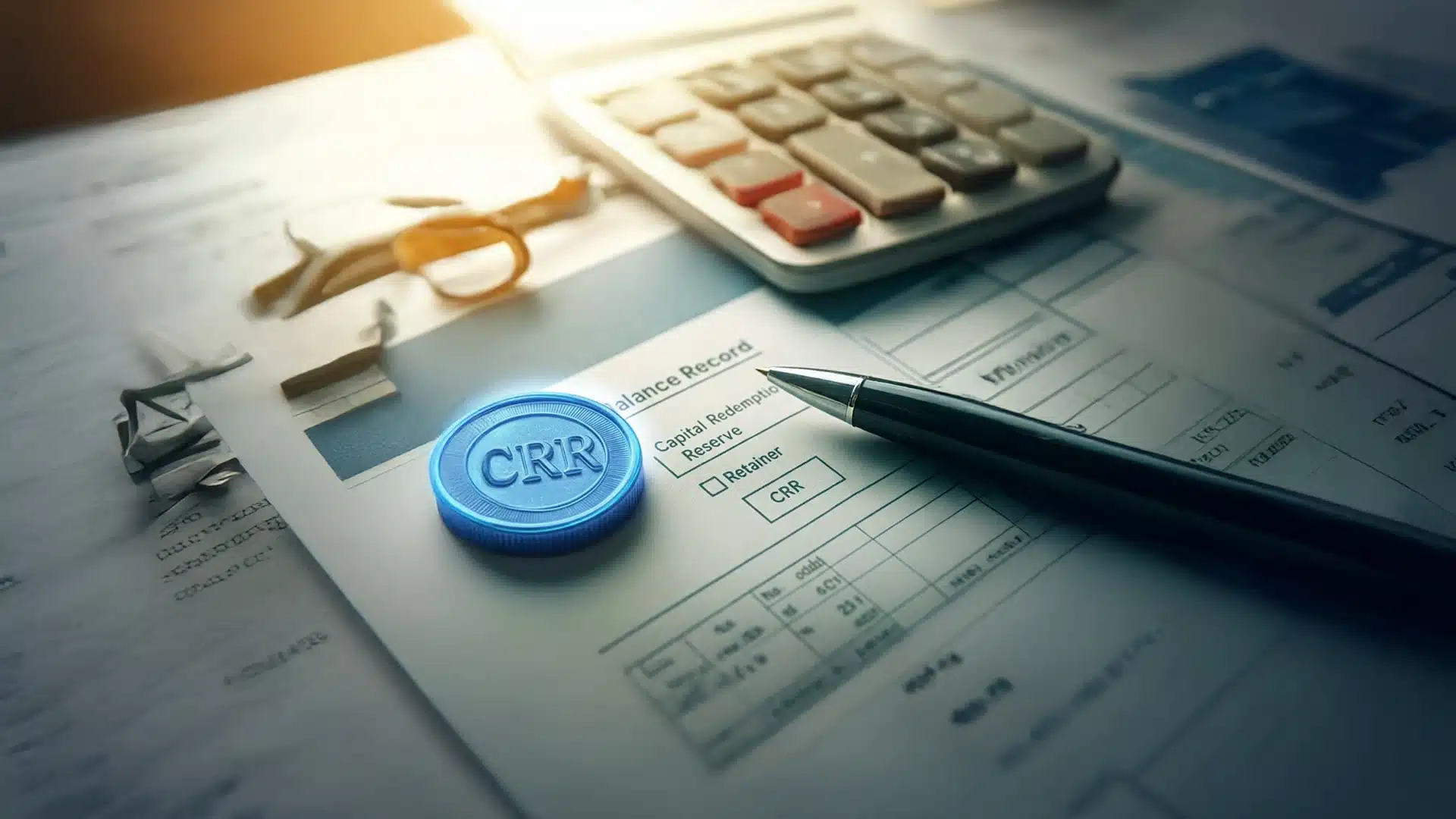From Manual Queues to Mobile Taps: The Shift in Bill Payments
Paying a utility bill was once a task that consumed hours and required physical presence. People stood in long queues, filled out paper forms, carried exact change, and waited for their number to be called. This was common not just in smaller towns but also in large cities, where utility departments struggled to manage heavy footfalls. The process was time-consuming, error-prone, and stressful, especially during peak billing periods.
Before exploring how this process has evolved, it is important to answer two fundamental questions. First, what is utility? The term refers to essential services such as electricity, water, gas, and in some cases, internet or waste disposal. These services are critical for day-to-day living and are typically billed monthly or bi-monthly. The second question is: what are utilities? In broader terms, utilities are the providers or agencies responsible for delivering these essential services. Every household depends on them, and timely payments are necessary to avoid service interruptions.
When a person receives a utility bill, it reflects the charges incurred over a specific period for these services. Manual payment methods involved either visiting the nearest office or using bank transfer systems, both of which were slow and not always reliable. This created a gap in user experience that remained unaddressed for years.
The shift began with the introduction of digital wallets. These platforms offered a simpler and more intuitive way to handle utility bill payment from anywhere. With just a few taps, users could settle their dues without standing in queues or handling paperwork. This ease of access became especially helpful for working individuals, senior citizens, and those in remote locations.
Later, mobile wallets brought even more flexibility. Whether it was an electricity bill payment or a water bill payment, users could complete the process quickly without logging into their bank account every time. The features include saved billers, instant payment options, and digital receipts, which made the experience seamless.
The use of a mobile wallet for utility payments also helped people track their expenses better. Instead of keeping paper bills, they could now access all payment records in one app. This improved financial planning and reduced the chances of missed deadlines.
Today, bill payments in India have undergone a complete transformation. The convenience of e-wallets has turned a previously tedious task into a fast and reliable one. From cities to smaller towns, more users now prefer this method, showing how digital access has truly reshaped the experience of utility bill payment.
Read more: Save Money with Timely Credit Card Bill Payments
Breaking Down the Basics: What Is a Digital Wallet?
The rise of digital wallets has brought a new level of convenience to everyday transactions. Before diving deeper into their role in utility bill payment, it’s important to understand what a digital wallet is. A digital wallet, also called an e-wallet, is a mobile-based or web-based tool that allows users to store money digitally, make payments, and manage multiple financial tasks without handling cash or swiping a card.
Most mobile wallets are linked to a user’s phone number and bank account. Once set up, these wallets allow users to transfer money, pay for purchases, and handle bill payments instantly. Users can load funds into the wallet or link their debit or credit cards to enable seamless payments. In India, this system gained popularity with the introduction of UPI, which allowed real-time transfers directly between bank accounts through the same apps.
Different types of wallets are used across India. Open wallets support fund transfers and withdrawals, while semi-closed wallets restrict spending to select platforms. Wallets that support UPI provide the most flexible use cases, including utility bill payment.
A mobile wallet for utility payments is designed to support common monthly needs like electricity bill payment, water bill payment, gas recharge, or broadband dues. These platforms not only allow users to make payments but also store bill history and offer notifications for upcoming payments. Over time, e-wallets have evolved into all-in-one platforms, simplifying money management and making services like utility bill settlement just another easy task on your phone.
Convenience Built In: How Digital Wallets Handle Bill Payments
Paying a utility bill no longer feels like a chore. With the rise of digital wallets, the process has become quick, structured, and user-friendly. Whether it’s a monthly electricity bill payment or a quarterly water bill payment, the steps are now simple, reliable, and can be done on the go.
Here’s how e-wallets simplify the entire journey:
- One-tap access to utility services
Most mobile wallets have a dedicated section for utility bill payment. Users can select the bill type, such as electricity, water, or gas, from a clearly labelled menu.
- Bill fetch by account number or QR scan
Users can enter their consumer number or scan a QR code from their physical bill to auto-fetch details. This eliminates the need to type the bill amount manually.
- Flexible payment modes
Payments can be made using wallet balance, direct UPI from the bank account, or even linked cards. Those using a utility bill credit card can pay through the wallet interface without logging in separately.
- Instant bill summary for verification
Once the bill is fetched, the app displays all details for review; amount, due date, and billing cycle, before the user proceeds to payment.
- Auto-reminders for upcoming bills
Wallets alert users as soon as a new utility bill is available. This helps prevent late payments and additional fees.
- Auto-pay feature for zero effort
Some platforms offer auto-debit options where the wallet pays the bill automatically on the due date using pre-set preferences.
- Transaction receipts and digital records
Each payment generates an instant confirmation and a digital receipt. This makes it easier to track multiple bill payments over time.
- Ease across service categories
The same wallet can handle all major services, from electricity bill payment to mobile recharge, offering one platform for all needs.
Understanding how to pay utility bills using digital wallets is now second nature for millions in India. The layout, process, and speed are designed for all users, even those unfamiliar with banking apps. This is how mobile wallets have turned a once stressful task into a simple, secure routine.
Read more: How are Bill Payment Offers Beneficial for Your Business
Why Digital Wallets Make Bill Payments Safer Than Ever
Security is a key concern when it comes to any form of online transaction, especially one involving a utility bill payment. The good news is that digital wallets have evolved to offer robust safety measures that protect users at every step. Whether you are paying your electricity bill or settling a water bill, the system is designed to prevent misuse and protect your financial data.
Here’s how e-wallets ensure payment safety:
- Data encryption for every transaction
All sensitive information, including card or account details, is encrypted before it travels through the network. This ensures that payment data remains protected from unauthorized access.
- Tokenization of personal data
Many digital wallets replace your actual account or card numbers with temporary codes (tokens), adding another layer of security during payment.
- Real-time fraud detection
Wallets now use monitoring systems that instantly flag any unusual behavior. This helps stop suspicious transactions before they go through.
- Biometric and PIN-based access
Most mobile wallets require a fingerprint, facial scan, or a secure PIN before the app opens or allows a payment. This adds a strong barrier against unauthorized use.
- RBI-compliant verification protocols
All Indian e-wallets must follow mandatory RBI rules, which include two-step verification and SMS alerts for each transaction.
- Instant alerts and digital trail
Every payment is followed by an instant SMS and email notification. This not only confirms the transaction but also provides a digital record for later use.
- No exposure of bank credentials
Users paying through UPI via the wallet do not have to log in to their bank account each time. This limits the risk of exposing login information.
Segment Spotlight: Electricity and Water Bill Payments Made Easy
Among the many uses of digital wallets, handling essential payments like electricity bill payment and water bill payment stands out as a daily need for millions. These two services form the core of most household expenses, and simplifying their payment process has had a direct impact on user convenience.
Here’s how mobile wallets have transformed these specific utility bill experiences:
- Direct links with local and national service providers
Leading e-wallets in India have integrations with various state electricity boards and water authorities. This allows users to find their provider easily and fetch real-time bill data without delays.
- Support for urban and rural billing systems
Whether someone is paying a bill from a metro power company or a smaller town’s water department, the wallet interface remains the same. This ability to pay from anywhere has made the process much more inclusive.
- Consistent monthly use for electricity bills
For many, electricity bill payment is the most frequent utility bill payment. Wallets support features like saving the consumer number, showing usage history, and even offering consumption-based notifications.
- Region-wise monthly/bi-monthly cycles for water payments
Since water bill payment usually follows longer cycles, wallets store past payments and prompt users when the next bill is due. This ensures the user doesn’t miss payments that occur less frequently.
- Digital confirmations as proof of payment
Once the payment is complete, the wallet provides a confirmation with the service provider’s name, paid amount, and payment ID. This acts as official proof in case of disputes.
By streamlining these two major utility categories, mobile wallets have replaced outdated systems with a cleaner, more transparent solution. For most users, the reliability and speed offered by digital wallets have made them the preferred method for managing household bill payments.
Read more: What Are Digital Payment Solutions? Everything You Need to Know
Payment Options Within Wallets: UPI, Bank Account, or Credit Card?
When it comes to utility bill payment through digital wallets, users are not limited to one method of payment. Modern e-wallets offer multiple options, each designed to suit different needs and comfort levels. Whether the user prefers direct debit or wants to earn rewards, these choices add flexibility to the overall experience.
Here are the main payment routes available within mobile wallets:
- UPI-linked bank account
This is the most widely used option. Users can directly pay a utility bill using UPI from their linked bank account. There is no need to load money into the wallet beforehand. It’s fast, secure, and does not require entering card details every time.
- Wallet balance
Some users prefer to preload their mobile wallet with a set amount. They can use this balance to pay for various services, including bill payments, without linking to their bank each time.
- Utility bill credit card
For those who use credit cards to manage monthly expenses, most e-wallets offer the option to pay utility bills using a linked card. This allows users to earn reward points or extend payment time through their card billing cycle.
More Than Just Convenience: Why Users Prefer Mobile Wallets
The popularity of mobile wallets for handling utility bill payment has grown for more than one reason. While speed and simplicity play a big role, users also value the additional features that make the experience smoother and more rewarding. Over time, these extra benefits have made digital wallets the preferred method for managing recurring bills payments.
Here are some key reasons why users choose e-wallets for utility transactions:
- No need for multiple logins
Wallets store saved billers, which means users do not have to remember account numbers or search for service providers each time.
- Anytime access with no location barriers
Payments can be made from home, work, or while travelling. There is no need to visit an office or wait for banking hours.
- Language and layout designed for easy use
Many digital wallets support regional languages and simple interfaces. This helps users across different age groups and backgrounds.
- Cashback and rewards
Some mobile wallets offer incentives for every successful utility bill payment. These can include discount vouchers, cashback, or scratch cards, making the process rewarding in more ways than one.
- Real-time updates and reminders
Users receive push notifications when a bill is due or has been paid. This keeps them informed and reduces chances of late payments.
- Central record of transactions
Payment history is stored within the app, making it easier to track past bills and maintain a clear record without needing paper receipts.
These features combined make mobile wallets for utility payments more than just a tool. It becomes a part of the user’s monthly routine, offering control, ease, and small added benefits along the way.
Operational Wins for Utility Providers
The benefits of digital wallets are not limited to users alone. Utility service providers have also gained significantly by adopting these platforms for utility bill payment collection. The traditional systems involved manual processing, delayed settlements, and high administrative costs. With the move to e-wallets, many of these issues have been resolved.
Here are some of the key improvements for service providers:
- Faster payments and settlements
Payments made through mobile wallets are processed instantly, which improves cash flow and reduces billing cycles.
- Lower overhead and reduced paperwork
Since users pay digitally, there is no need for printed bills, physical receipts, or manual reconciliation of payments. This helps providers cut down on operational expenses.
- Better tracking and reporting
Each utility bill payment is recorded digitally, making it easier to track paid and unpaid accounts. It also reduces errors caused by manual entry or cash handling.
- Improved customer communication
Wallets offer real-time updates, digital receipts, and reminders. This reduces customer complaints and improves satisfaction.
- Expanded payment reach
Users in previously hard-to-reach areas can now pay on time, which helps utilities recover dues faster and more consistently.
Through digital wallets, service providers gain efficiency, reduce costs, and ensure a smoother experience for their customers, transforming the overall system of bills payments in India.
Wrapping Up: Why Digital Wallets Redefine Utility Bill Payment
The shift to digital wallets has transformed how individuals and households manage their utility bill payment needs. What once required effort, time, and physical presence can now be completed with a few taps on a phone. Whether it is an electricity bill payment, a water bill payment, or any other utility, the process is now faster, safer, and far more convenient. With features like auto-reminders, UPI integration, and secure access, mobile wallets have become a preferred tool for everyday bills payments. As digital adoption grows, these platforms will continue to simplify and secure financial routines across every corner of India.
FAQs
- Can I schedule a future utility bill payment using a digital wallet?
Yes, many digital wallets offer a scheduled payment option. You can set a date for the transaction, and the wallet will process the utility bill payment automatically on your chosen day. - What should I do if I accidentally pay a utility bill twice via an e-wallet?
In most cases, the extra payment is refunded by the utility provider within a few business days. Your mobile wallet also keeps a record you can use to raise a claim. - Are mobile wallets accepted for electricity bill payments across all Indian states?
Most electricity bill payment portals across states are linked to digital wallets via the Bharat Connect system, enabling reliable access through popular wallet platforms. - Can I earn rewards for paying my utility bill using a wallet?
Yes, some e-wallets offer cashback, points, or discount vouchers when you complete bill payments, depending on seasonal promotions or the payment method used. - Is KYC mandatory for using a mobile wallet for utility payments?
Basic usage may be allowed without KYC, but to access full features like higher limits and linking a utility bill credit card, KYC verification is often required. - Can I pay someone else’s utility bill using my digital wallet?
Yes, you can enter their consumer number or scan their bill’s QR code in your mobile wallet to pay on their behalf, even without logging into their account. - How can I verify if my utility bill payment was successful?
Your digital wallet will instantly show a confirmation screen and send a receipt via SMS or email. You can also check payment status in the wallet’s transaction history. - Are there limits on how much I can pay through an e-wallet?
Transaction limits depend on the wallet provider and the user’s KYC status. Most allow full utility bill payment amounts unless restricted by non-KYC usage caps. - Can I link multiple utility accounts to one digital wallet?
Yes, most mobile wallets allow you to save and manage multiple utility accounts, making it easier to handle bills for your home, office, or other properties. - What should I do if the utility bill amount shown in the wallet is incorrect?
First, confirm the consumer number is entered correctly. If the error remains, contact the utility provider directly. Wallets only display the information they receive from official sources.

